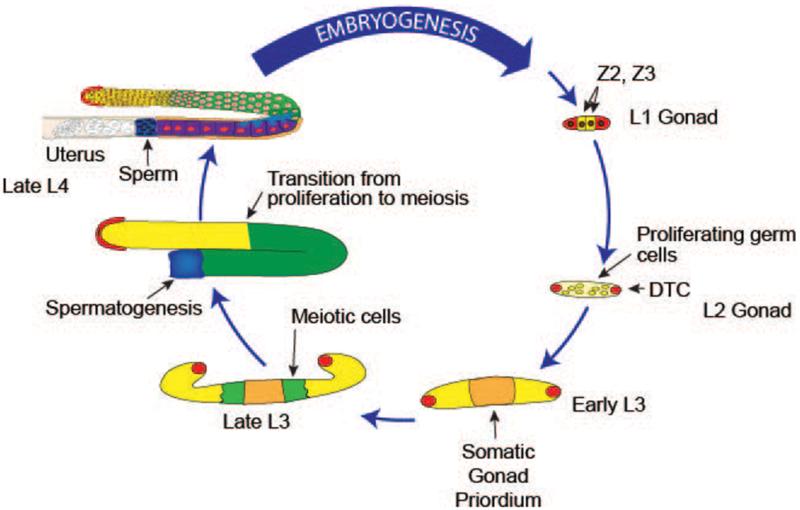Figure. 3. Cycle of the germline: hermaphrodite gonadogenesis.
Gonadogenesis begins at L1 stage with four gonad precursor cells. Z2 and Z3, the germline progenitors, are sandwiched between the somatic precursors Z1 and Z4 (red), which will divide and form the DTCs and the remaining somatic gonad cells. Prior to the L3 stage, all germ cells proliferate mitotically (yellow). Beginning in early L3, germ cells that are farthest from the DTC leave the proliferative zone, enter meiotic development (green) and progress through meiotic prophase and gametogenesis in an assembly-line fashion. Germ cells that switch from the proliferative fate to meiotic development at this point will become sperm, by the end of the L4 stage in the proximal end of the gonad arm, while those that switch in L4 and adulthood will become oocytes. Migration of the two DTCs generates the U-shape of the gonad: starting in the L3 stage, the DTCs each migrate away from the centrally located gonad primordium along the ventral surface; at the L3/L4 molt, the DTCs each migrate centripetally to the dorsal surface; and in the L4 stage, each DTC migrates back toward the center of the animal. Germ cell proliferation and gametogenesis mediated germ cell volume expansion fills the gonadal tube as the DTCs migrate. Gonads in the schema are for illustrative purpose and are not to scale.

